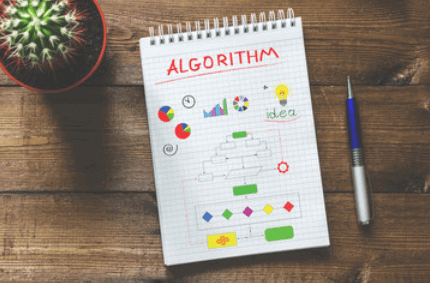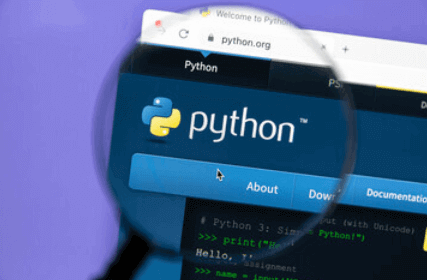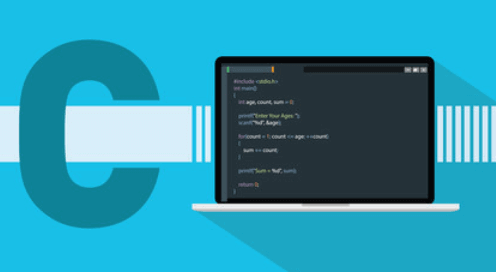Question
a.
NFA
b.
DFA
c.
PDA
d.
Can’t be said
Posted under Formal Languages and Automata Theory
Engage with the Community - Add Your Comment
Confused About the Answer? Ask for Details Here.
Know the Explanation? Add it Here.
Q. It is less complex to prove the closure properties over regular languages using:
Similar Questions
Discover Related MCQs
Q. According to the given transitions, which among the following are the epsilon closures of q1 for the given NFA?
Δ (q1, ε) = {q2, q3, q4}
Δ (q4, 1) =q1
Δ (q1, ε) =q1
View solution
Q. State true or false?
Statement: An NFA can be modified to allow transition without input alphabets, along with one or more transitions on input symbols.
View solution
Q. State true or false?
Statement: ε (Input) does not appears on Input tape.
View solution
Q. Statement 1: ε- transition can be called as hidden non-determinism.
Statement 2: δ (q, ε) = p means from q it can jump to p with a shift in read head.
Which among the following options is correct?
View solution
Q. ε- closure of q1 in the given transition graph:
View solution
Q. Predict the total number of final states after removing the ε-moves from the given NFA?
View solution
Q. For NFA with ε-moves, which among the following is correct?
View solution
Q. Which among the following is false?
ε-closure of a subset S of Q is:
View solution
Q. The automaton which allows transformation to a new state without consuming any input symbols:
View solution
Q. e-transitions are
View solution
Q. The __________ of a set of states, P, of an NFA is defined as the set of states reachable from any state in P following e-transitions.
View solution
Q. The e-NFA recognizable languages are not closed under :
View solution
Q. The number of final states we need as per the given language?
Language L: {an| n is even or divisible by 3}
View solution
Q. Regular sets are closed under union,concatenation and kleene closure.
View solution
Q. Complement of a DFA can be obtained by
View solution
Q. Complement of regular sets are _________
View solution
Q. If L1 and L2 are regular sets then intersection of these two will be
View solution
Q. If L1 is regular L2 is unknown but L1-L2 is regular ,then L2 must be
View solution
Q. Reverse of a DFA can be formed by
View solution
Q. Reverse of (0+1)* will be
View solution
Suggested Topics
Are you eager to expand your knowledge beyond Formal Languages and Automata Theory? We've curated a selection of related categories that you might find intriguing.
Click on the categories below to discover a wealth of MCQs and enrich your understanding of Computer Science. Happy exploring!

.png)






